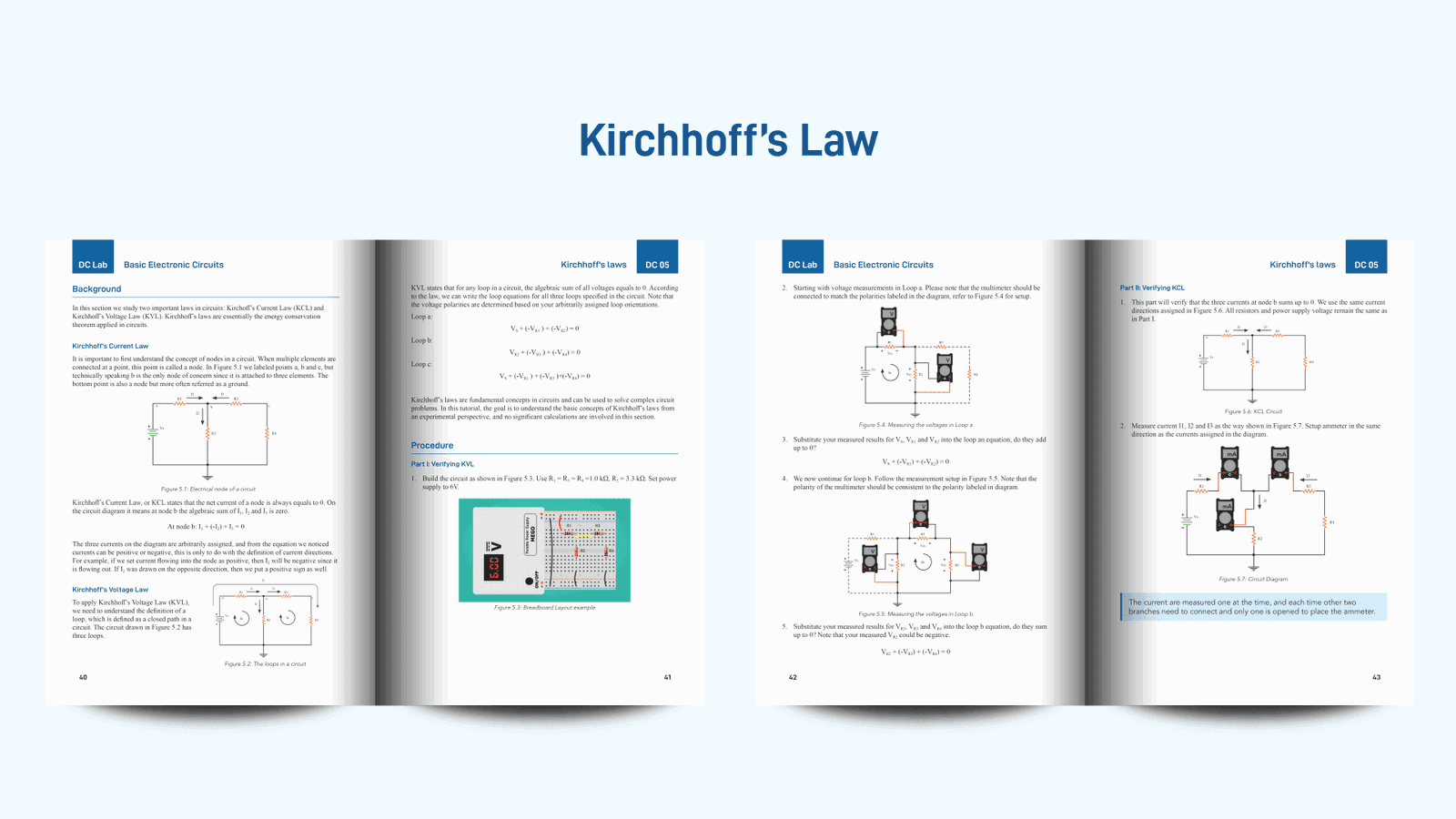History of Ohms Law
Ohm's Law, discovered by German physicist Georg Simon Ohm in 1827, has been fundamental to the field of electronics for almost two centuries. It is one of the simplest yet most profound laws in physics, relating voltage, current, and resistance in an electrical circuit. Over time, this law has played a pivotal role in shaping the innovations that have led to modern electronics. This article takes a historical journey, examining how Ohm's Law facilitated some of the key innovations in early electronics.
What is Ohms Law
Ohm's Law is a fundamental principle in electronics, describing the relationship between voltage (V), current (I), and resistance (R) in a circuit, expressed as V = I × R. It forms the backbone of modern electrical engineering, enabling the calculation of how electrical currents flow through various components. To know What is Ohm's Law read our blog: https://www.eimtechnology.com/blogs/articles/what-is-ohms-law-calculation
Ohm's Law Early Inventions Applications
Let us look at the journey of Ohm's Law.
The Birth of Telegraphy and Electrical Communication
In the mid-19th century, telegraph systems revolutionized communication by allowing messages to be transmitted over long distances using electrical signals. Ohm's Law was essential for designing these systems, as engineers needed to understand the relationship between the electrical current passing through the telegraph wires and the resistance imposed by those long copper lines. By calculating the appropriate voltage and resistance, telegraph operators could optimize signal transmission over great distances, laying the groundwork for all future electrical communication technologies.
Early Radios and Wireless Communication
The first practical radio systems were developed in the late 19th and early 20th centuries, and Ohm's Law was at the heart of their design. Radio transmitters and receivers rely on electrical circuits that must manage voltage, current, and resistance effectively to broadcast and capture radio waves. Early radio pioneers, such as Guglielmo Marconi, used Ohm's principles to build antennas, oscillators, and amplifiers that could carry and amplify weak radio signals, enabling the first wireless communication systems.

Image credits: https://en.wikipedia.org/wiki/History_of_radio
Development of the Light Bulb
While the invention of the light bulb is often credited to Thomas Edison, its success depended heavily on the application of Ohm's Law. To create a practical and long-lasting light bulb, Edison needed to balance the current running through the filament and the filament's resistance to avoid overheating while still producing light. The relationship between voltage, resistance, and current, as outlined by Ohm's Law, allowed Edison to calculate the optimal filament material and power levels, leading to the commercial success of the incandescent light bulb.

Image credits: https://www.bulbs.com/learning/history.aspx
Vacuum Tubes and the First Amplifiers
The development of vacuum tubes in the early 20th century was another breakthrough in electronics, with applications in radios, telephones, and the first computers. Vacuum tubes act as amplifiers by controlling the flow of current, a process that can be directly analyzed using Ohm's Law. By managing voltage levels and understanding resistance in circuits, early engineers were able to design amplifiers that boosted weak electrical signals, giving birth to modern electronics and audio systems.

Image credits: Wikipedia
The Emergence of the First Computers
Ohm's Law also laid the foundation for the development of the first computers in the mid-20th century. Early computers, such as the ENIAC (Electronic Numerical Integrator and Computer), relied heavily on vacuum tubes and resistor-capacitor networks, all of which obeyed the fundamental rules of Ohm's Law. Engineers used Ohm's principles to calculate the power consumption, signal integrity, and overall stability of the circuits. Without Ohm's Law, managing the thousands of electrical connections in these early machines would have been impossible, and the digital revolution might have been delayed by decades.

Image credits: Wikipedia
Transistors and the Post-War Electronics Boom
After World War II, the invention of the transistor in 1947 marked a major turning point in electronics, leading to smaller, faster, and more efficient devices. Transistors replaced vacuum tubes and acted as switches and amplifiers in circuits. Ohm's Law continued to be crucial in understanding how these new components operated within electrical circuits, enabling engineers to design increasingly complex and reliable systems. The invention of the transistor, made possible by mastering electrical properties through Ohm's Law, eventually led to the miniaturization of electronics and the birth of modern computing.
From the early days of telegraphy and radio to the first computers and beyond, Ohm's Law has been the bedrock of innovation in electronics. Its simplicity enabled engineers to design reliable circuits, optimize power consumption, and advance the technologies that would revolutionize the 20th century. Without the insight provided by Georg Ohm's discovery, our modern world of electronic devices—smartphones, computers, and communication networks—would be vastly different, or perhaps not exist at all.
This historical perspective highlights how fundamental principles like Ohm's Law have consistently driven technological progress and continue to do so in modern electronics.
Learn the circuits basics for electrical circuit design with our tutorial designed for electronics and electrical engineering -





































